From the vibrant blooms of spring to the rich hues of autumn leaves, nature showcases an incredible spectrum of colors that never fails to captivate our senses. The world around us is a canvas painted with the pigments of life, where flora and fauna come together in a breathtaking tapestry of color. In this article, we’ll dive into the mesmerizing world of colors of nature’s zone, exploring the significance of various hues and how they contribute to the beauty of flora and fauna.
Table of Contents
- Introduction
- The Importance of Colors of Nature
- The Enchanting Palette of Flowers
- The Chromatic Symphony of Wildlife
- Coloration: Camouflage and Communication
- The Role of Color in Ecosystems
- Human Culture and the Colors of Nature
- Conservation and Preservation Efforts
- Conclusion
- FAQs
- Why are some animals so brightly colored?
- How do flowers get their vibrant colors?
- Why is biodiversity important for color diversity?
- How can I contribute to nature conservation?
- What can we do to address climate change’s impact on nature’s colors?
Introduction
Step into the world of nature, where colors reign supreme and every living organism contributes to the visual symphony that unfolds around us. The interplay of light, pigments, and biology creates an awe-inspiring display of hues that stir our emotions and spark our curiosity.
The Importance of Colors of Nature
Colors in nature are not mere aesthetics; they serve crucial purposes in the survival and success of various species. The vivid hues of flowers attract pollinators, ensuring the continuation of plant life. Camouflage helps animals blend seamlessly into their environments, providing a defense against predators.
The Enchanting Palette of Flowers
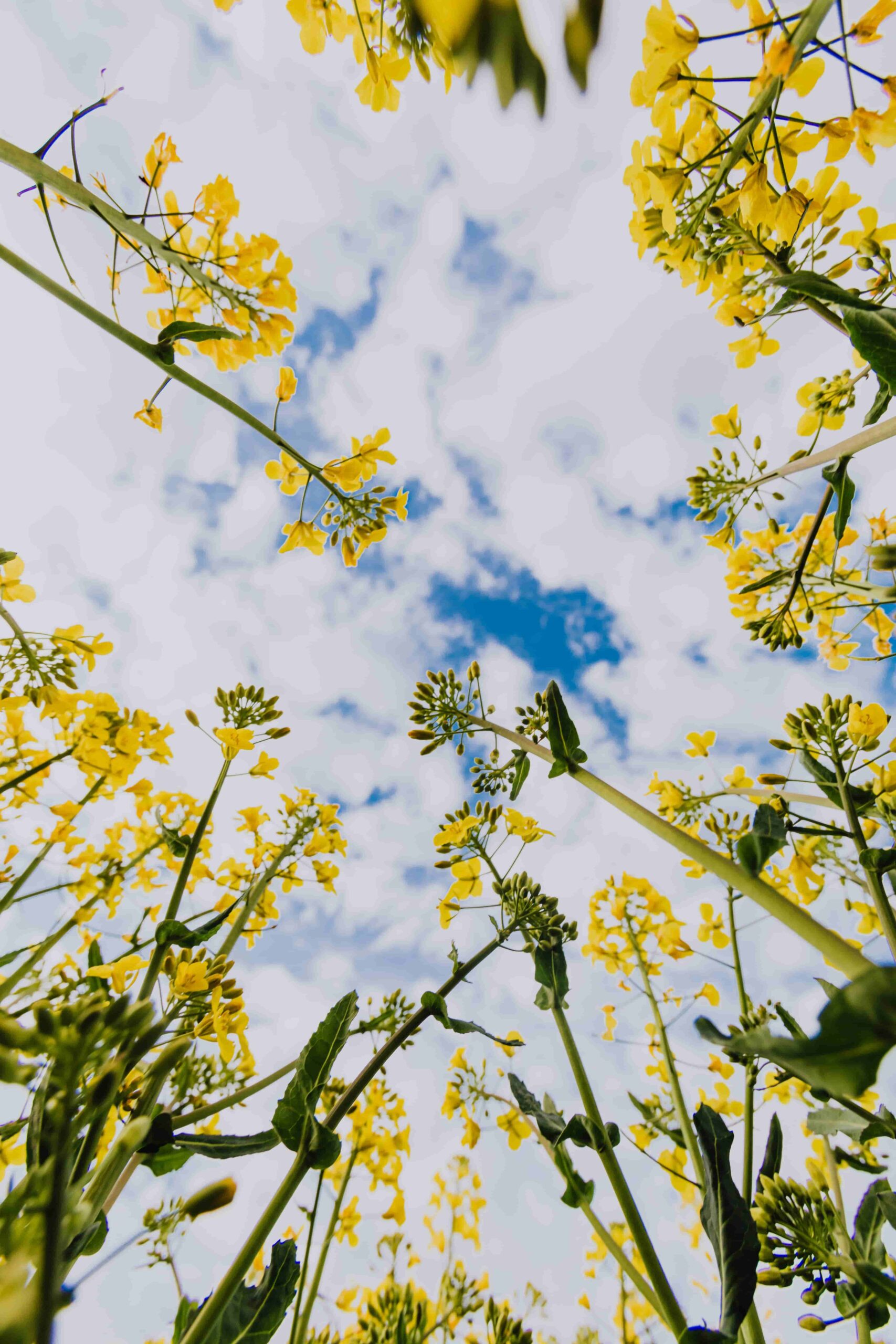
Vivid Blossoms of Spring
As winter’s grip loosens, landscapes burst into a riot of colors. Spring brings forth delicate blossoms in shades of pink, purple, and white. These blooms signal the renewal of life and the arrival of warmer days.
Majestic Tones of Summer Flowers
Summer introduces a more vibrant palette, with sunflowers, daisies, and roses taking center stage. These bold and lively colors are a testament to the season’s energy and vitality.
The Subtle Elegance of Fall Flora
Autumn arrives with its own enchantment, as trees and plants adopt warm and earthy tones. The changing leaves create a mesmerizing mosaic of reds, oranges, and yellows, inviting us to embrace the beauty of transition.
The Chromatic Symphony of Wildlife
Feathers That Dazzle: Birds of Beauty
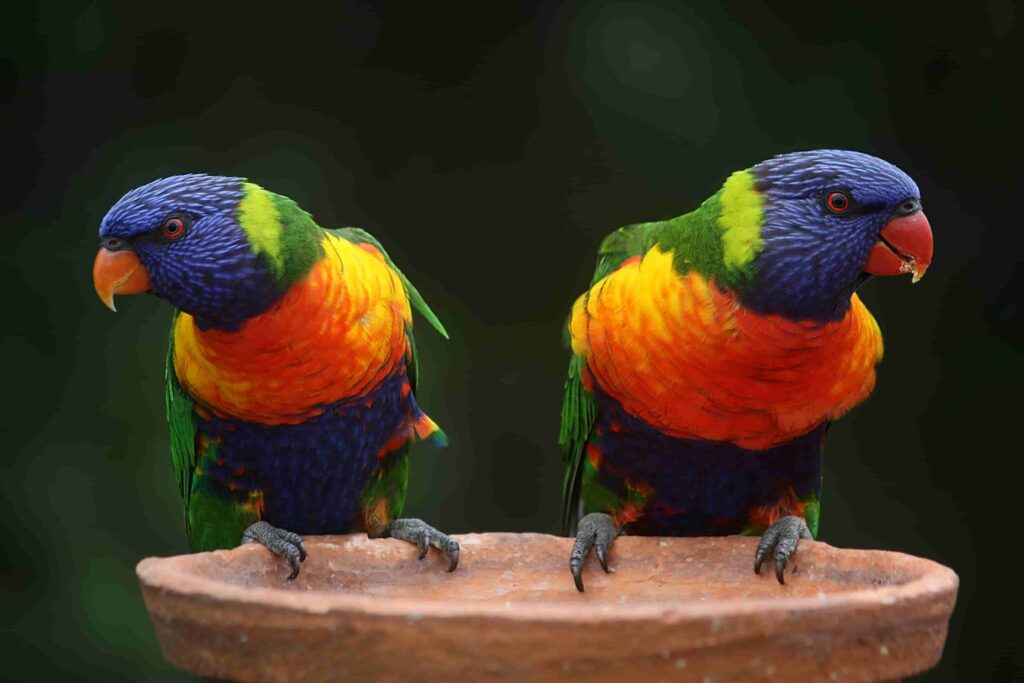
Birds are perhaps nature’s most flamboyant artists. Their feathers showcase a mesmerizing array of colors, often used for attraction and courtship. From the resplendent peacock to the vibrant toucan, these avian displays never cease to amaze.
Butterflies and Their Awe-Inspiring Wings
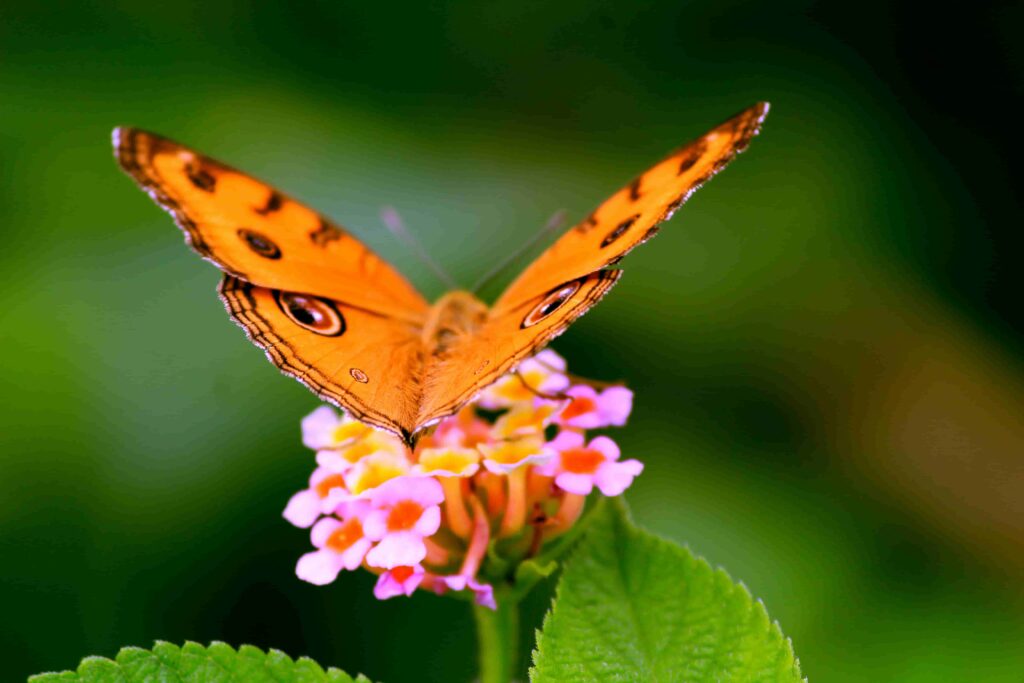
The delicate wings of butterflies are adorned with intricate patterns and vibrant shades. These gentle insects not only beautify our surroundings but also serve as indicators of ecosystem health.
Aquatic Wonders: Beneath the Surface
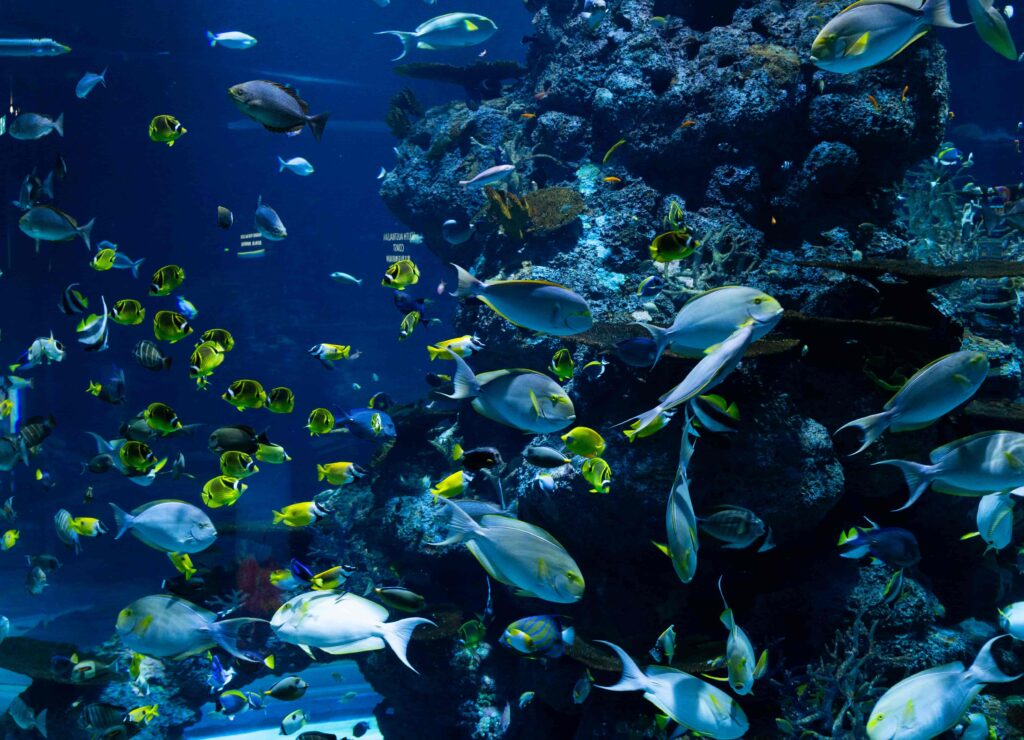
Beneath the water’s surface lies a world of stunning aquatic life. From the striking coral reefs to the graceful movements of fish, the underwater realm is a testament to the diversity of nature’s colors.
Coloration: Camouflage and Communication
Hidden in Plain Sight: Camouflage Strategies via Colors of Nature
Many animals have evolved remarkable camouflage mechanisms to evade predators or hunt their prey. From chameleons changing their skin color to match their surroundings to the cryptic patterns of certain insects, nature’s camouflage is a masterclass in adaptation.
Talking Through Colors of Nature: Animal Communication
Colors also play a pivotal role in animal communication. From warning signals to mating cues, animals use color to convey vital information. For instance, the vibrant warning colors of poisonous frogs deter potential predators.
The Role of Color in Ecosystems
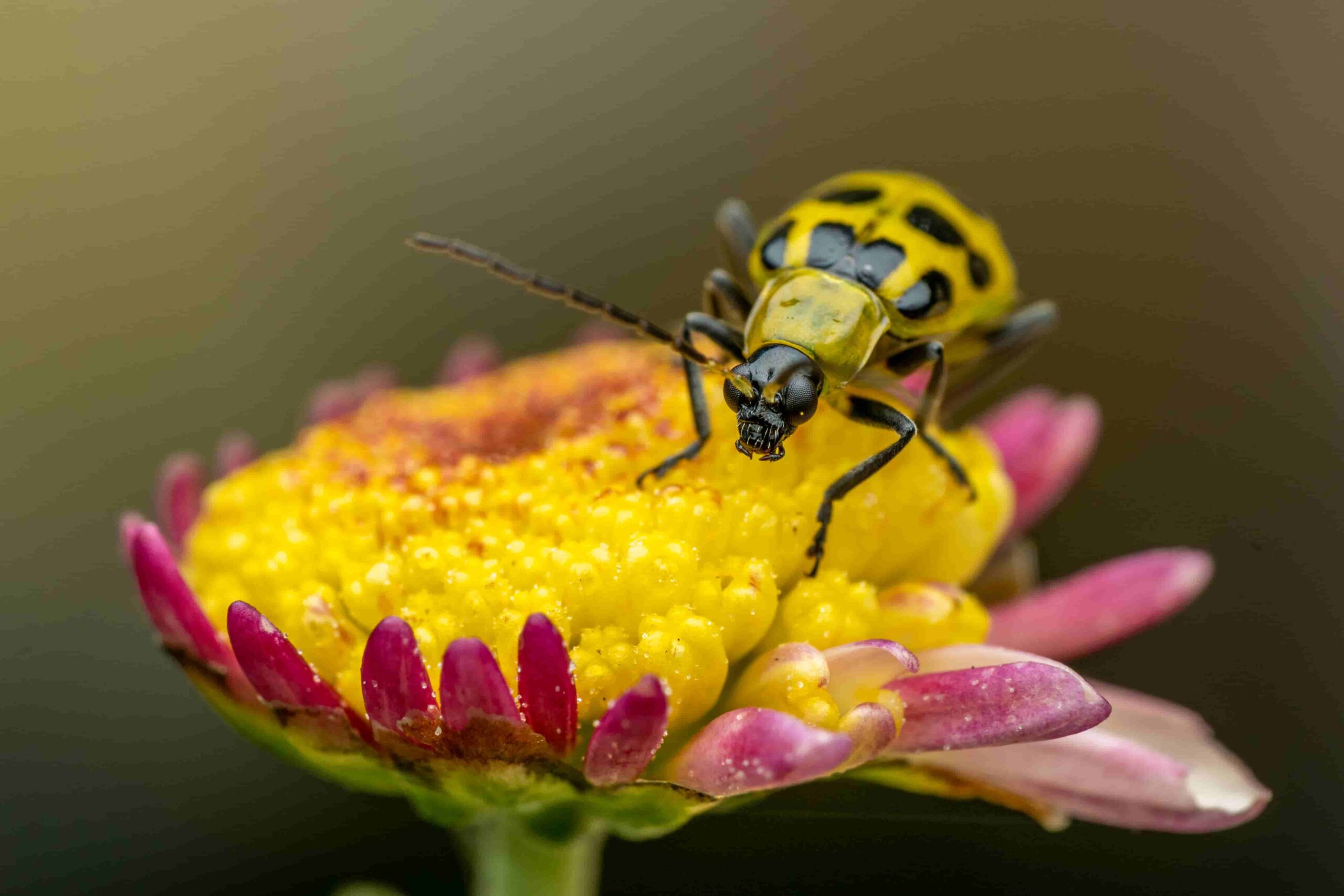
Pollinators and Floral Relationships
The vibrant colors of flowers aren’t just for show; they are essential for the process of pollination. Bees, butterflies, and other pollinators are attracted to flowers’ colors, aiding in the reproduction of plant species.
Predators and Prey: The Dance of Survival
Coloration affects predator-prey dynamics as well. Camouflage helps predators approach unsuspecting prey, while vibrant warning colors in certain animals signal danger. This ongoing dance of colors is a testament to the intricate balance of nature.
Human Culture and the Colors of Nature

Symbolism and Cultural Significance
Colors from the natural world have deeply influenced human culture and symbolism. The color green, for example, is associated with growth and renewal, mirroring the rejuvenation seen in spring.
Artistic Inspirations from the Natural Palette
Artists have drawn inspiration from the colors of nature for centuries. Paintings, literature, and other forms of art often reflect the beauty and diversity found in the natural world.
Conservation and Preservation Efforts

Protecting Biodiversity for Future Generations
As human activities impact the environment, efforts to conserve biodiversity have become paramount. Preserving natural habitats ensures that the stunning colors of flora and fauna remain a part of our world for generations to come.
The Impact of Climate Change on Colors of Nature
Climate change poses a threat to the delicate balance of ecosystems, impacting the colors of nature. From coral bleaching in oceans to shifts in plant distribution, the effects of climate change are reflected in the changing colors of nature in our planet.
Conclusion
The colors of nature are a testament to the diversity, resilience, and beauty of life on Earth. From the intricate patterns of butterflies to the breathtaking blooms of flowers, the natural world’s palette is a source of wonder and inspiration.
FAQs
Why are some animals so brightly colored?
Bright colors in animals can serve as warnings, mating signals, or even camouflage in specific environments.
How do flowers get their vibrant colors?
Flowers acquire their colors through pigments such as anthocyanins and carotenoids.
Why is biodiversity important for color diversity?
Biodiverse ecosystems house a wide array of species, each contributing to the overall color palette of nature.
How can I contribute to nature conservation?
Supporting conservation organizations and making eco-friendly choices in your daily life can make a positive impact.
What can we do to address climate change’s impact on nature’s colors?
Mitigating climate change requires global efforts to reduce carbon emissions and promote sustainable practices.

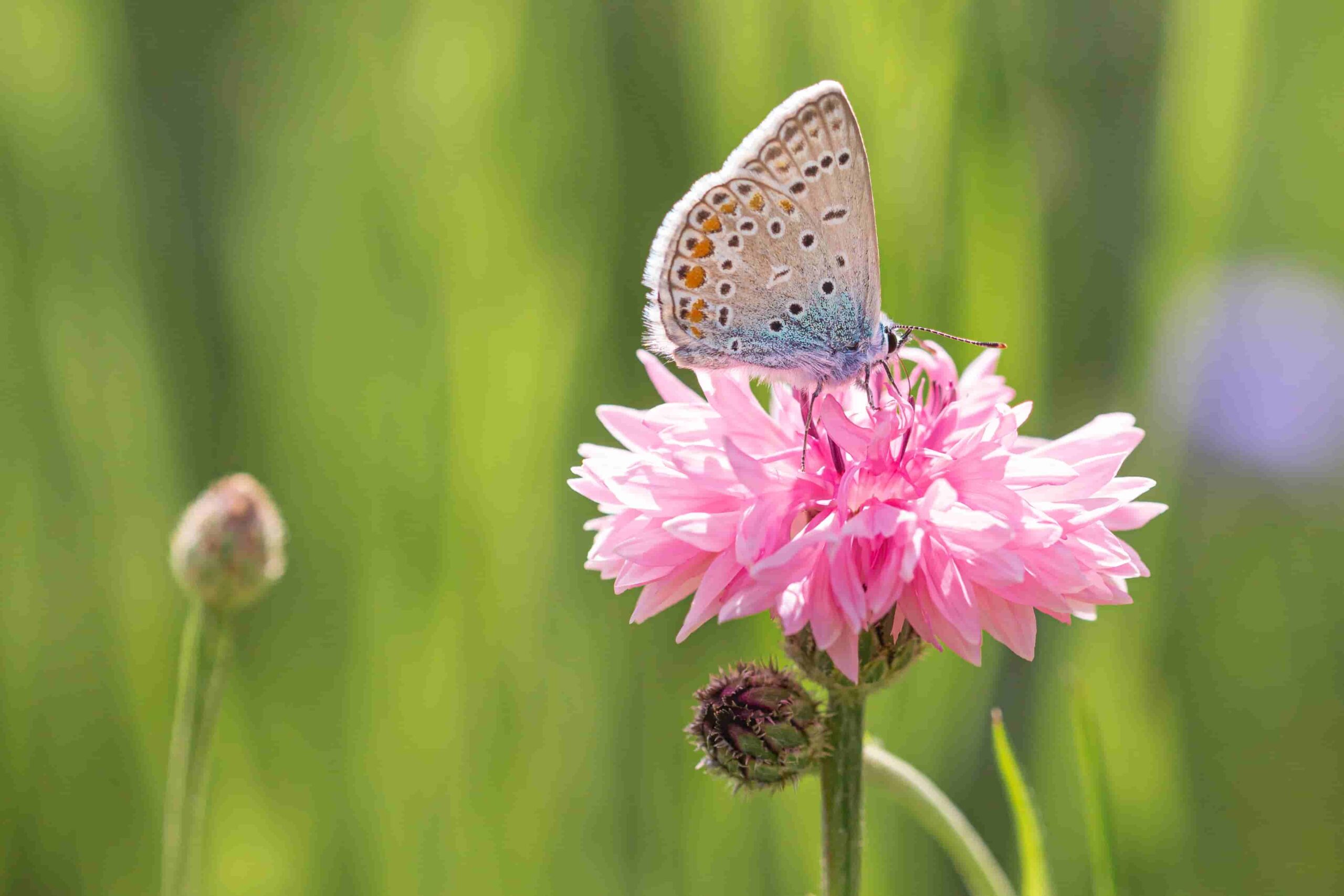
1 thought on “The Colors of Nature’s Zone: Celebrating the Beauty of Flora and Fauna”